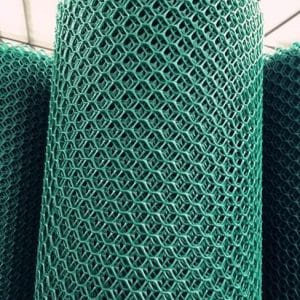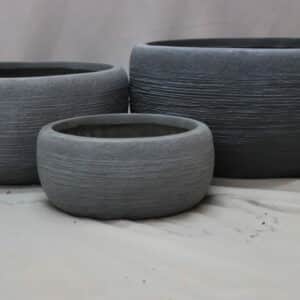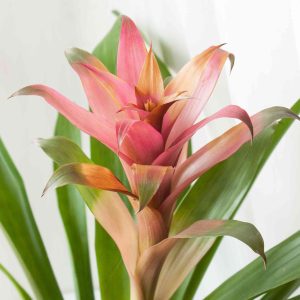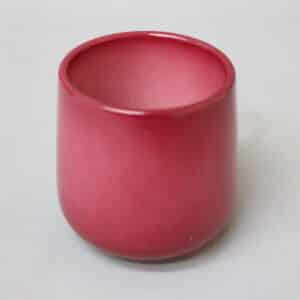What is a bio-diverse garden?
DIY and how-to
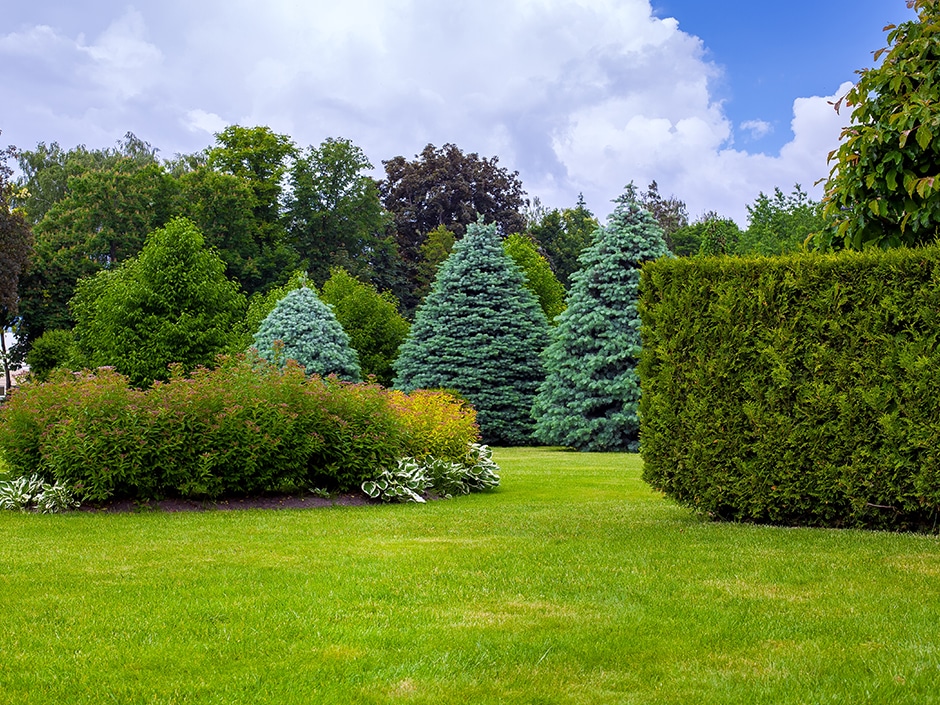
Biodiversity is one of the buzzwords of the moment and it’s incredibly easy and rewarding to apply this concept to your garden. In a nutshell, bio-diverse gardening aims to create a mini eco-system in your garden, where there is food and shelter for as many beneficial insects and garden animals as possible.
Here are a few tips to help you establish your own bio-diverse haven:
- Variety is very important in a bio-diverse garden. Include as many different types of plants as possible. Choose plants in different categories (trees, shrubs, bedding plants and groundcovers), with different structures (hedges, bushy types, taller growing plants), and those with different flowering seasons.
- It’s very important to provide shelter and a place to breed in your garden. Fallen tree logs, rocky outcrops, ponds and tall trees are all good options.
- Water is also a necessity – make sure you have a fountain, water feature or bird bath somewhere in your garden.
- The next important element is food: choose nectar-rich flowers and bushes or trees that produce lots of berries or fruit.
- As a rule, it’s better to opt for simpler flowers – they tend to produce more nectar than double blooming or hybrid varieties. Plant them en masse in garden beds as this makes it easier for insects to smell and see them from far away.
- Butterflies are attracting to nectar-producing plants. Good choices are the tree fuchsia, wild dagga, aloes, Cape honeysuckle, scabious, lavender and sage.
- Birds feed on nectar, small insects and fruit or berries. Good fruit-producing trees include white stinkwood, wild peach, the Mickey Mouse bush (ochna serrulata) and the coral tree.
You might also like
Shop online
-
Diamond Net 0.8mmx1m
- R129.99
-
BENSON BOWL WITH HOLE WASHED GREY
- R399.99 – R1,299.99
-
Guzmania Bromeliad
- R169.99

